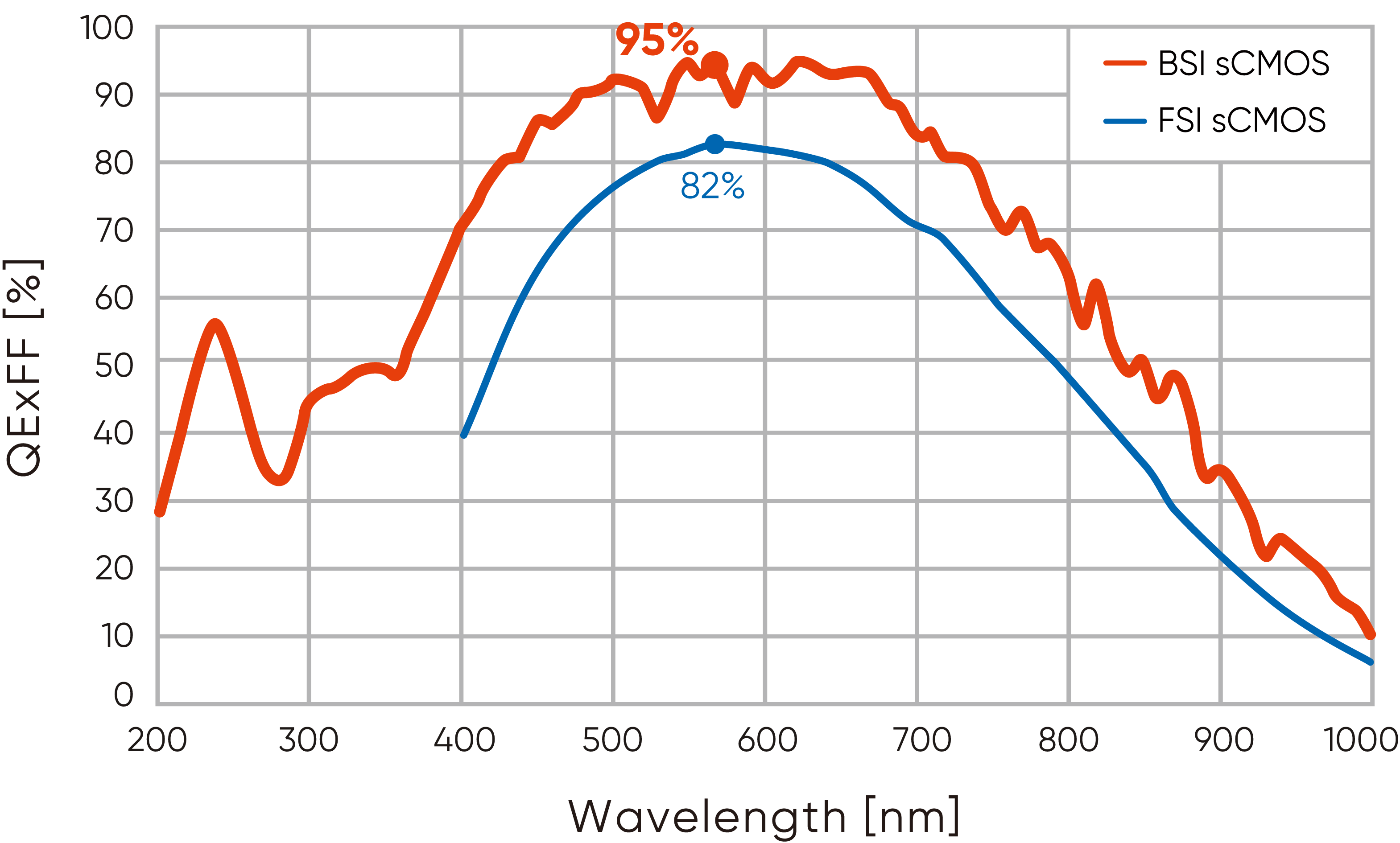The Sensor Model refers to the type of camera sensor technology used in imaging devices. All cameras in our range utilize CMOS (Complementary Metal-Oxide Semiconductor) technology for the light-sensitive pixel array that forms the image. CMOS technology is the industry standard for high-performance imaging and is widely used in various applications.

There are two main types of CMOS sensors used in modern cameras:
1. Front-Side Illuminated (FSI) Sensors
Front-side illuminated sensors are the most common type of CMOS sensor. In this design:
A grid of wiring and electronics sits on top of the light-sensitive pixels.
Micro-lenses are used to focus light past the wiring to the silicon area where light is detected.
Advantages:
Simpler to manufacture: FSI sensors are easier and less expensive to produce, making them cost-effective.
Lower manufacturing cost: Due to the simpler design, front-illuminated sensors are typically more affordable.
Disadvantages:
Lower sensitivity: Because the wiring and electronics are on top of the light-detecting silicon, FSI sensors may have lower light sensitivity, especially in low-light conditions.
2. Back-Side Illuminated (BSI) Sensors
Back-side illuminated sensors use a different approach in design:
The sensor is flipped around, with photons directly hitting the light-detecting silicon, without any wiring or microlenses in the way.
The silicon substrate is thinned down to a precise thickness of around 1.1 μm to allow for this design to work effectively. This is why BSI sensors are sometimes referred to as back-thinned (BT) sensors.
Advantages:
Higher sensitivity: With no wiring or microlenses blocking the path of incoming light, BSI sensors offer greater light sensitivity, especially in low-light conditions.
Improved performance in challenging lighting: BSI sensors perform better in situations where capturing fine details in low-light conditions is critical.
Disadvantages:
Higher cost and complexity: The manufacturing process for BSI sensors is more complex, leading to a higher production cost.

3. Choosing Between FSI and BSI Sensors
When choosing between front-side illuminated (FSI) and back-side illuminated (BSI) sensors for your imaging application, the most important specification to consider is the Quantum Efficiency (QE) required for your specific needs. Quantum Efficiency refers to how effectively a sensor can convert incoming light into electrical signals.
FSI sensors may be sufficient for applications where cost-effectiveness is the priority, and the level of light sensitivity required is moderate.
BSI sensors, while more expensive, are ideal for applications where high sensitivity is crucial, particularly in low-light conditions.
To determine which sensor type best fits your needs, you can read more about Quantum Efficiency and its impact on sensor performance here.
Tucsen FSI CMOS and BSI sCMOS Camera Recommendations
| Camera Type | BSI sCMOS | FSI sCMOS |
| High Sensitivity | Dhyana 95V2 Dhyana 400BSIV2 Dhyana 9KTDI
|
Dhyana 400D Dhyana 400DC |
| Large Format | Dhyana 6060BSI Dhyana 4040BSI |
Dhyana 6060 Dhyana 4040 |
| Compact Design | —— | Dhyana 401D Dhyana 201D |


 2022/03/25
2022/03/25







